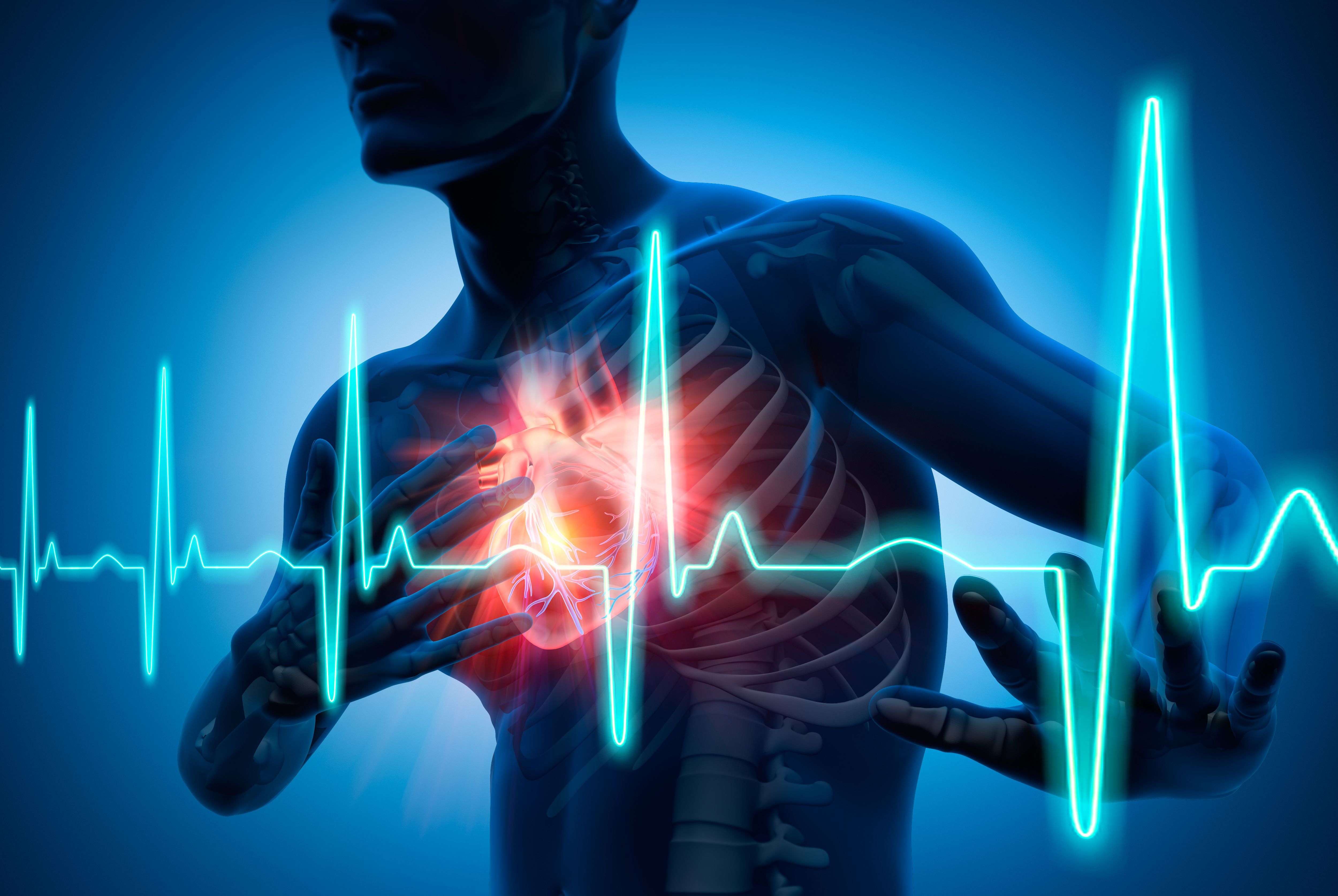News
Article
Statin Therapy Can Reduce Risk of a Major Adverse Cardiovascular Event in Patients With HIV
Author(s):
A combination of statin therapy and antiretroviral therapy may decrease the naturally higher risk of cardiovascular disease in patients with HIV.
Pitavastatin calcium can reduce the risk of major adverse cardiovascular event (MACE) in patients with HIV infection, according to the results of a phase 3 study published in the New England Journal of Medicine.
Image credit: peterschreiber.media | stock.adobe.com

“Overall, event rates increased with increasing risk categories for atherosclerotic cardiovascular disease in the trial. As such, the number needed to treat decreased with an increasing risk category for atherosclerotic cardiovascular disease, which suggests a potentially greater benefit among the participants in our trial who were at higher cardiovascular risk at baseline,” the study authors wrote.
The phase 3 Randomized Trial to Prevent Vascular Events in HIV (REPRIEVE) trial evaluated the risk of MACE—a composite for cardiovascular death, myocardial infarction, hospitalization for unstable angina, stroke, transient ischemic attack, peripheral arterial ischemia, revascularization, or death from an undetermined cause—in patients taking antiretroviral therapy (ART) for HIV infection who have low-to-moderate risk of atherosclerotic cardiovascular disease (CVD). This patient population could have a 2-times greater risk of atherosclerotic CVD than the general population, therefore, combatting as many cardiovascular events as possible could reduce the patient’s risk of developing the serious condition, according to the study authors.
From March 26, 2015, to July 31, 2019, 10,865 participants (median age 50 years) were randomized to receive a 4 mg dose of pitavastatin or placebo. At a median follow-up (5.1 years), incidence of a MACE was 4.81 per 1000 person-years in the pivastatin arm compared to 7.32 per 1000 person-years in the placebo group (hazard ratio, 0.65; 95% confidence interval [CI], 0.48 to 0.90; P = 0.002).
Key secondary outcomes looked at the composite of a MACE or death from any cause, low-density lipoprotein (LDL) and non–high-density lipoprotein (HDL) cholesterol, and targeted safety events such as diabetes mellitus. MACE or death from any cause was 9.18 per 1000 person-years in the pitavastatin group and 11.63 per 1000 person-years in the placebo group (hazard ratio, 0.79; 95% CI, 0.65 to 0.96). LDL and non-HDL cholesterol were not significantly different between the 2 arms.
In addition, a higher number of patients in the pitavastatin arm did experience more muscle-related symptoms compared to the placebo arm at 2.3% and 1.4%, respectively, along with diabetes mellitus at 5.3% and 4.0%, respectively. Despite these findings, the trial was stopped early because trial results related to the primary outcome of MACE were so successful.
Pitavastatin was observed to have a similar effect for men and women. This is important because women have a higher risk of HIV-associated CVD. The study population was also 65.2% non-White, and pitavastatin demonstrates favorability for a diverse group, according to the study authors. Treatment also showed a favorable adverse event profile compared to previous findings, with only 1.1% of participants discontinuing treatment due to muscle-related symptoms.
“Other strategies that lower LDL cholesterol may also be useful and will need to be tested in large trials and compared with results achieved with statin therapy alone, including with respect to cost, efficacy, and safety,” the study authors wrote.
Limitations of the trial include use of pitavastatin while not testing the use of other statins and not testing strategies to limit LDL cholesterol against statin therapy alone.
“Our identification of benefit in the groups at lower or moderate risk now establishes the need to expand this recommendation [in existing guidelines],” the study authors wrote in the article.
Reference
Grinspoon SK, Fitch KV, Zanni MV, et al. Pitavastatin to Prevent Cardiovascular Disease in HIV Infection. N Engl J Med. 2023; 89:687-99. DOI: 10.1056/NEJMoa2304146
Newsletter
Stay informed on drug updates, treatment guidelines, and pharmacy practice trends—subscribe to Pharmacy Times for weekly clinical insights.






